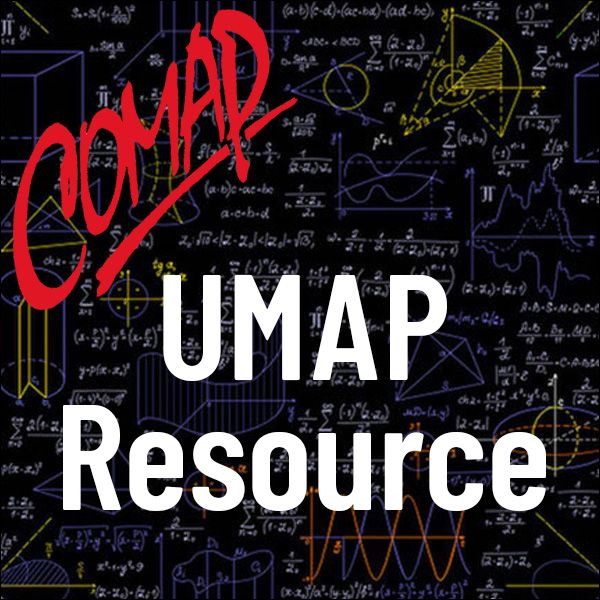The Lexiconic Sections
Author: John S. Robertson
Ah, the conic sections! Everyone knows (beware of statements that begin with the phrase Everyone knows . . . !) that these beauties, discovered so long ago by the ancient Greeks, are ubiquitous throughout mathematics. They show up in geometry and algebra in quite wonderful ways, and the physical world would be impossible to describe without them. Even so, the conic sections-the circle, ellipse, hyperbola, and parabola- have penetrated even into the lexicon of daily life, into our patois, so to speak. Let's have a look at how these delightful shapes seem to be, well, almost everywhere in our language. First, a minor aside: I'd like to dismiss the so-called degenerate conic sections-the point and the pair of intersecting lines-from further discussion. It is a shame, though, that they carry with them the adjective degenerate, one that carries with it all sorts of pejorative notions with it. Such, alas, is the nature of our mother tongue, permitting one word to have so many divergent meanings. Enough said. On now to the lexicon of conics.
Table of Contents:
INTRODUCTION
THE CIRCLE
THE ELLIPSE
THE HYPERBOLA
THE PARABOLA
FULL CIRCLE
ABOUT THE AUTHOR

Mathematics Topics:
Application Areas:
You must have a Full Membership to download this resource.
If you're already a member, login here.